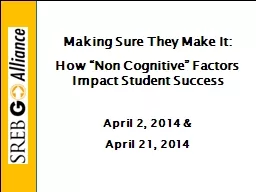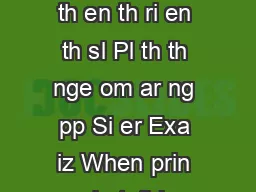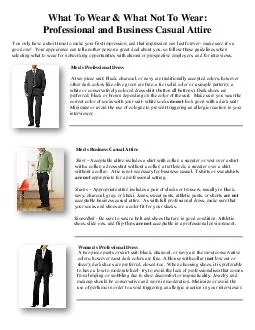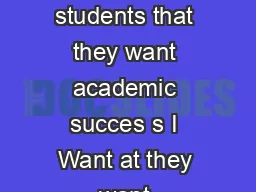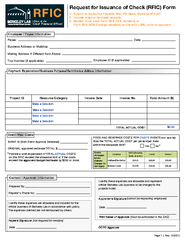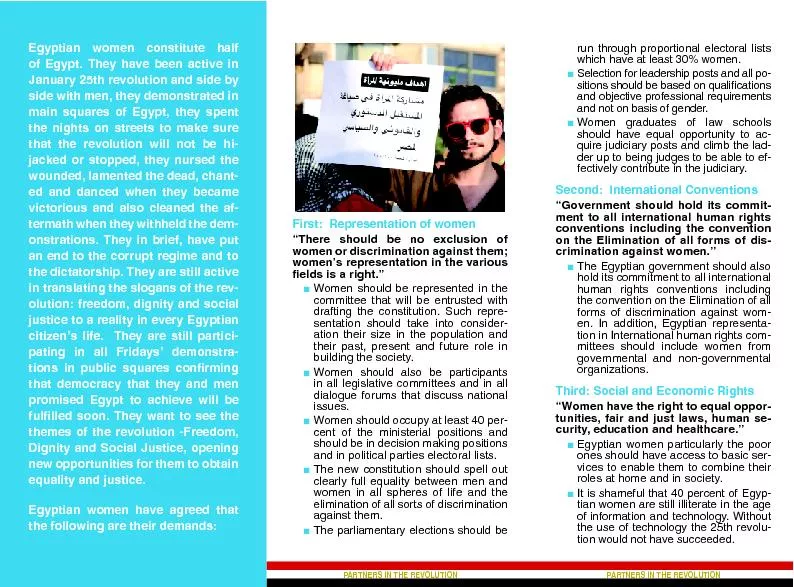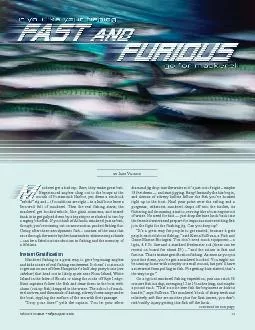PPT-Making Sure They Make It:
Author : calandra-battersby | Published Date : 2018-10-31
How Non Cognitive Factors Impact Student Success April 2 2014 amp April 21 2014 Interstate compact Data and research services Resourcesharing agreements Cooperative
Presentation Embed Code
Download Presentation
Download Presentation The PPT/PDF document "Making Sure They Make It:" is the property of its rightful owner. Permission is granted to download and print the materials on this website for personal, non-commercial use only, and to display it on your personal computer provided you do not modify the materials and that you retain all copyright notices contained in the materials. By downloading content from our website, you accept the terms of this agreement.
Making Sure They Make It:: Transcript
Download Rules Of Document
"Making Sure They Make It:"The content belongs to its owner. You may download and print it for personal use, without modification, and keep all copyright notices. By downloading, you agree to these terms.
Related Documents

